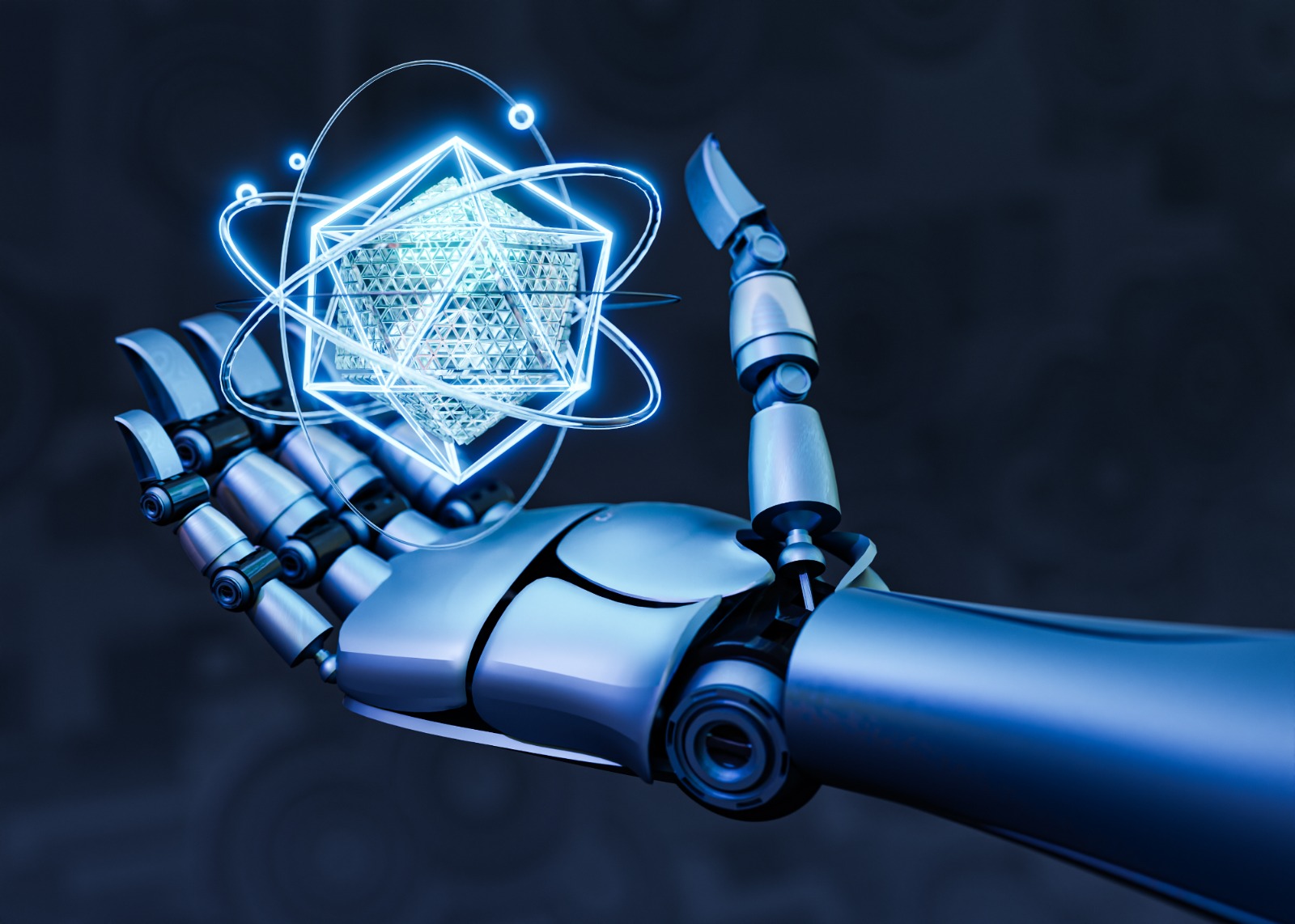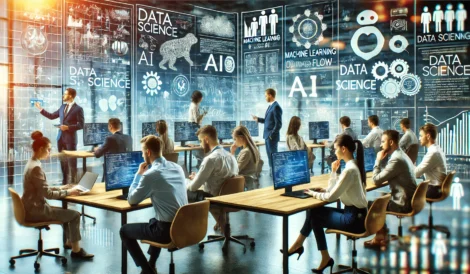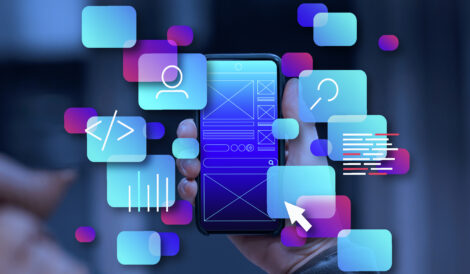admin
- Posted on
- No Comments
The world has changed so much in the past decade. Think about how technology has evolved, we have smartphones and smarthomes now to make our lives easier. Among these advancements, two fields are becoming popular day by day: Artificial intelligence (AI) and Robotics.
What is the big deal about AI and Robotics? Robots becoming a part of human lives isn’t a science fiction movie scene anymore. It is a reality happening now. These robots are not only performing repetitive tasks but also learning from its experiences and adapting to the requirements, much like humans do right?
In this blog, we will discuss how AI powered robots are becoming more smarter and responsive than ever, ready to take on the many tasks and challenges they will be given.
So, let’s get started on this amazing combo of technology, and see how it’s shaping our future.
What is Artificial Intelligence?
“Artificial intelligence is the science and engineering of making intelligent machines, especially intelligent computer programs.” – John McCarthy
In simpler terms, Artificial Intelligence (AI) is about impersonating human intelligence and integrating it in the machines. These smart systems will be developed to think and learn like we do. This will help them to handle tasks that usually need human brains, like recognizing speech, making decisions, and understanding language.
Between 2024 and 2030 , the adoption of AI by organizations is expected to grow at an impressive annual rate of 36.6% globally.
Types of AI
AI can be categorized into three main types based on its capabilities:
Narrow AI (Weak AI):
Narrow AI or Weak AI is the type of Artificial Intelligence that can manage only a set of tasks. It is weak when it comes to its scope of functions but completes a task with minimal errors. Narrow AI is utilized the most today across various sectors and industries.
In fact, a 2023 report found that around 77% of the devices we use have at least one narrow AI application, such as facial recognition, internet searches, or voice assistants like Alexa
General AI (Strong AI):
When it comes to General AI, the machines can understand and apply its knowledge to perform tasks just like a human would. It can handle any intellectual task that a person can do. However, General AI is still mostly theoretical and hasn’t been achieved yet.
Leading tech companies are heavily investing in research and development in the area of strong AI. It is predicted to rise more than 40% annually.
Superintelligent AI:
The last type of AI we are listing is only in theory now. It is a concept form of AI where these machineries will be in their best versions. It will be able to do better at task-management, problem-solving and decision-making. Even creativity will work in favor of them.
While still a topic for future exploration, some experts predict that by 2060, superintelligent AI could become a reality, with 50% of AI researchers expecting it to be developed within this century.
History of AI Development
What is Robotics?
“A robot is a reprogrammable multifunctional manipulator designed to move material, parts, tools, or specialized devices through variable programmed motions for the performance of a variety of tasks.” – Joseph Engelberger, Pioneer in Industrial Robotics
Robotics is the field of engineering and computer science that comes together to develop machines to perform a series of tasks either fully autonomously or with some human guidance. There are over 3.4 million industrial robots currently working worldwide. In fact, Asia is the biggest contributor globally, that is over a third of the industry’s revenue!
Key Components of a Robot
A robot consists of several key components including:
- Sensors: sensors include cameras, ultrasonic sensors and infrared sensors that can gather data about the robot’s working environment.
- Actuators: These are the motors and servos that convert energy into movement.
- Control System: Often a microcontroller or computer that acts as the brain of the robot, which processes input from sensors and controls the actuators.
- Power Supply: Provides energy to the robot to fully function. (e.g., batteries, solar panels).
- Chassis/Body: The physical structure that constitutes all the components and provides mobility.
- Software: The programming that decides how the robot operates and reacts to the given inputs.
- Communication System: The part that allows the robot to interact with other devices or systems.
History of Robotics
The Integration of AI and Robotics
Two joint forces of the present combine to create the best of technology for the future. By giving robots the ability to see, think, and act more independently with AI, they can learn from their past experiences, adjust to new situations, and handle tasks apart from their programmed version. Imagine a robot that not only follows a set of inputs but can also adapt and improve over time—this is the power of AI in robotics.
AI-Powered Improvements in Robotics
- Improved Perception and Sensing
Thanks to AI, robots are getting much better at understanding and interpreting their surroundings. They can process sensory data more effectively, which means they have a better sense of their environment.
- Advanced Decision-Making
In a world that is always fast and needs smart decisions Artificial intelligence can optimize Robots better. Quick-thinking and real-time decision-making skills are enhanced with this integration.
- Enhanced Autonomy
With AI, robots can work on their own even in changing circumstances. This independence allows them to handle a variety of tasks without constant human supervision.
- Machine Learning in Robotics
Machine learning in Robotics advances the capabilities of processing. Learning from their past errors and experiences, they will be refined to be better at what they do.
Over time, this means more robots that can take over human-handled tasks.
Applications of AI in Robotics
The application of AI powered robots has abled advancements in many sector and aspects such as:
- Industrial Automation: Robots used in the manufacturing for automated tasks like sorting and assembling
- Warehouse Robotics: Automated systems for sorting, packing, and transporting goods.
- Service Robots: Robots assisting in hospitality, healthcare, and customer service.
- Agricultural Robots: Drones and automated machines for planting, harvesting, and monitoring crops.
- Home Automation: Robotic vacuum cleaners and lawn mowers that operate autonomously.
- Collaborative Robots (Cobots): Robots developed to work alongside humans, enhancing productivity and safety.
- Medical Robots: Surgical robots that assist in surgeries or rehabilitation robots aiding recovery.
Self-Driving Vehicles: Autonomous cars and drones that use AI for navigation and obstacle avoidance. - Humanoid Robots: Robots that can interact with humans in social and service roles, responsive to natural language.
The Future of AI and Robotics
“By 2025, artificial intelligence will be built into the algorithmic architecture of countless functions of business and communication, increasing relevance, reducing noise, increasing efficiency and reducing risk across everything from finding information to making transactions.” – Pew Research Center
The future holds many improvements and even more human-robot collaboration. With machine learning in robotics and improved research there will be developments of more humanoids that can understand and respond to human speech and emotions.
Two is better than one! The same goes for the combination of AI and Robotics. Career perspectives are increasing day by day in these sectors and all-together. And If you’re inspired by the potential of AI and robotics, why don’t you consider a career in these fields.
To get started on this path, You can enroll in the AI courses in Kochi offered by NetCom Academy. In our robotics training institute in Kochi, you will be gaining expert knowledge and internationally accredited certification after course completion. Embrace the Future of AI and robotics, become a part of the revolution that is transforming our world.




